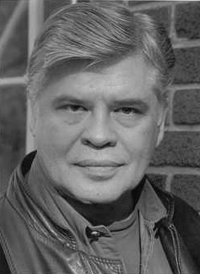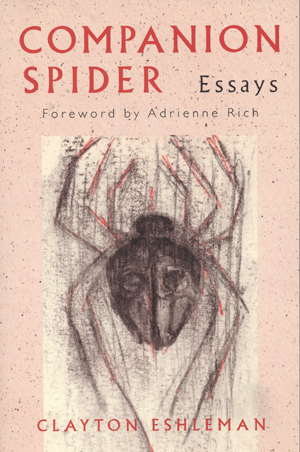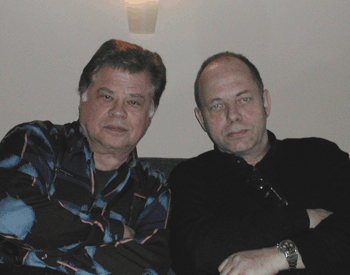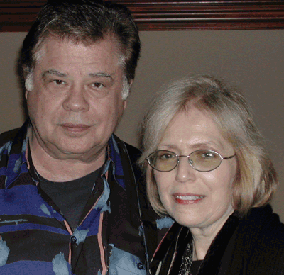
 |
 CLAYTON ESHLEMAN October 22, 2002 (Tuesday) 4:15 p.m. East Seminar Room, New Library with Pierre Joris and Lydia Davis 8:00 p.m. Reading Assembly Hall, Campus Center Both UAlbany, Uptown Campus |  |
Clayton Eshleman is one of America's foremost translators of poetry, particularly of such literary giants as César Vallejo, Aimé Césaire and Antonin Artaud. In 2001, Eshleman received the Harold Morton Landon Translation Award of the American Academy of Poets for his translation of Incan-Peruvian poet Cesar Vallejo's long poem "Trilce," regarded by many critics as the greatest poem written during the last hundred years. "Trilce" is an indictment of the Spanish for having destroyed Incan civilization. It also attacks, breaks apart and deliberately misuses the Spanish language--a fact that makes the poem extremely difficult to translate. Eshleman's extreme care as a translator is evident in the fact that he first published "Trilce" in 1992, then revised it substantially in 2000. The American Academy of Poets called the revision, "a heroic act of translation, given the allusiveness and disjunctiveness of the original text." Publishers Weekly described Eshleman's 1992 version of "Trilce" as "an excellent translation of an extremely complex work. . .destined to become a classic." With his collaborator Jose Rubia Barcia, Eshleman is the leading American translator of Vallejo, one of the most influential South American poets of the 20th century. In 1979, Eshleman and Barcia shared the National Book Award--the very first awarded for translation--for the Complete Posthumous Poetry of Vallejo. The collection also received the PEN Translation Award and the National Translation Center Award.
In October 2001, Wesleyan Press issued a single volume of Eshleman's co-translation (with Annette Smith) of Martinique poet Aimé Césaire's Notebook of a Return to the Native Land. The poem is yet another revision (the first version appeared in a 1983 translation by Eshleman and Smith of Césaire's The Collected Poetry). [the revision gives the translation] "additional power by presenting Cesaire's unique voice as testament to a world reduced in size by catastrophic events." - The Bloomsbury Review Eshleman is also a prolific poet and essayist, and the author of more than four dozen books. His poetry has appeared in ore than 450 magazines and more than 40 anthologies. His work is often characterized by critics as an attempt to overcome the expressive limitations of human language. "a singular achievement...Those who return to Eshleman enough to become more familiar with his concerns will find his bizarre originality offers satisfying rewards." - World Literature Today on Under World Arrest Eshleman's most recent poetry book is My Devotion: New Poems (2002), a collection of elegies for lost friends, celebrations of married life, and meditations on Ice Age art. Eshleman and his wife Caryl are authorities on Ice Age art, having written about the subject in poetry and prose for more than a quarter century. Together they lead an annual tour of the cave paintings of southern France,sponsored by the Ringling School of Art and Design in Sarasota, Florida. A book on Ice Age art, Juniper Fuse: Upper Paleolithic Imagination and the Construction of the Underworld, is due to be published this year.
Eshleman's most recent collection of essays is Companion Spider, a study of poets, the process of writing poetry, and the challenges of translation.
Clayton Eshleman is also the founder of two influential literary magazines, Caterpillar, which appeared from 1967 through 1973, and Sulfur, which ran from 1981 through 2000. |

